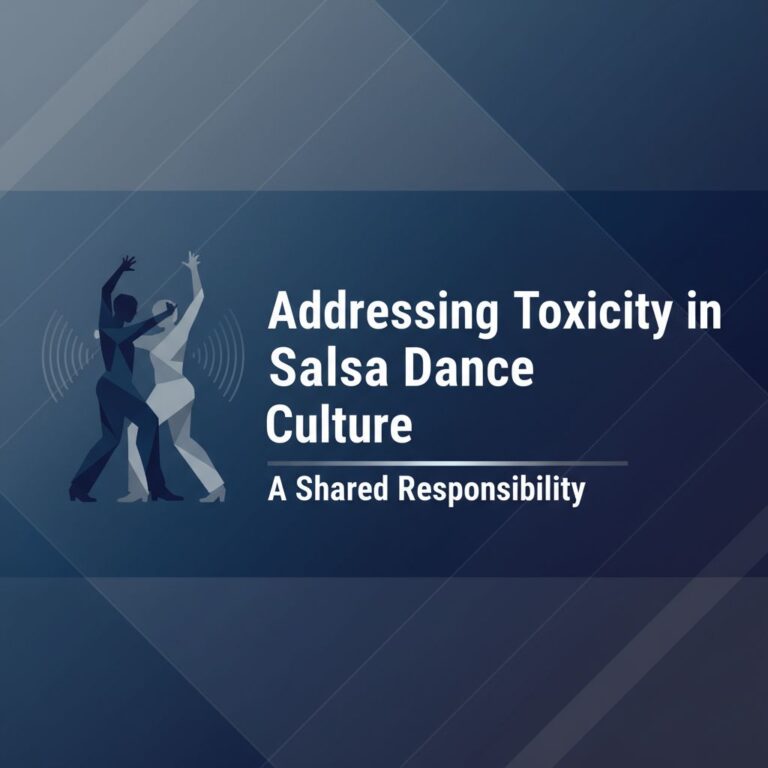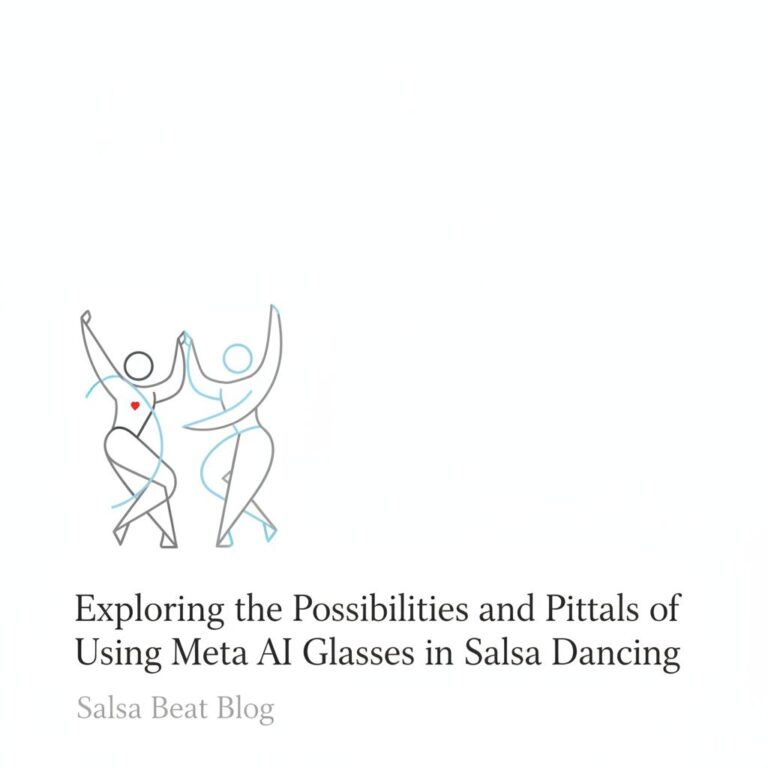Understanding the Salsa Beat
While the euphoria of dancing can leave one blissfully disoriented, it is essential for a seasoned dancer to stay in sync with the rhythm, especially in social settings. Salsa, with its captivating rhythm and energetic moves, is no exception. As a beginner, it’s quite normal to lose track of the beat occasionally. However, consistent practice and a thorough understanding of the music can help you maintain the timing.
The Impact of Fatigue and Song Complexity
Over the course of the evening, you might notice your timing starting to falter. This could be due to several factors. The most common one is fatigue. As you expend energy, your mental and physical faculties gradually decline, making it harder to keep up with the beat.
Moreover, as the evening progresses, DJs often shift from beginner-friendly tunes to more complex rhythms catering to advanced dancers, which can be challenging if you’re not familiar with them. Being aware of this shift can help you better prepare and adjust your dancing style.
Get Familiar with Various Salsa Styles
Salsa music isn’t all the same. There are different styles, each with its own rhythm and beat patterns. Some Salsa styles, like Cuban Timba, emphasize different beats, making it harder for beginners to track the rhythm. By broadening your Salsa listening habits, you’ll start to familiarize yourself with these variations and be better equipped to dance to them.
Acoustics and Sound Quality
Yes, the place you’re dancing in can influence your ability to stay with the beat. Acoustics and sound quality play a significant role. Echoes, background noise, or poor sound quality can disrupt your rhythm, especially if you’re not familiar with the song.
Practicing Beat Recognition
Recognition of the Salsa beat is a skill that can be honed with practice. Make a habit of listening to Salsa music in your free time and try to find the beat. You can do this by counting out loud. Start with the standard count of “1,2,3,4,5,6,7,8,” then gradually reduce to just the strong beats “1, 3, 5, 7,” and finally just counting “1” and “5”. This exercise will help you internalize the rhythm and improve your beat recognition significantly.
Actively Noticing Patterns
Whenever you find a song challenging, try to remember it or even better, note down its name. Over time, you’ll start noticing patterns and identifying which Salsa styles or song types you struggle with the most. You can then focus on these songs during your practice sessions to improve your rhythm tracking.
Conclusion
In essence, losing track of the music in a Salsa social is not abnormal, especially for beginners. The trick lies in persistence and practice. The more you expose yourself to different Salsa music styles and practice beat recognition, the better you will get at maintaining your rhythm, regardless of the song’s complexity or the time of the evening.







